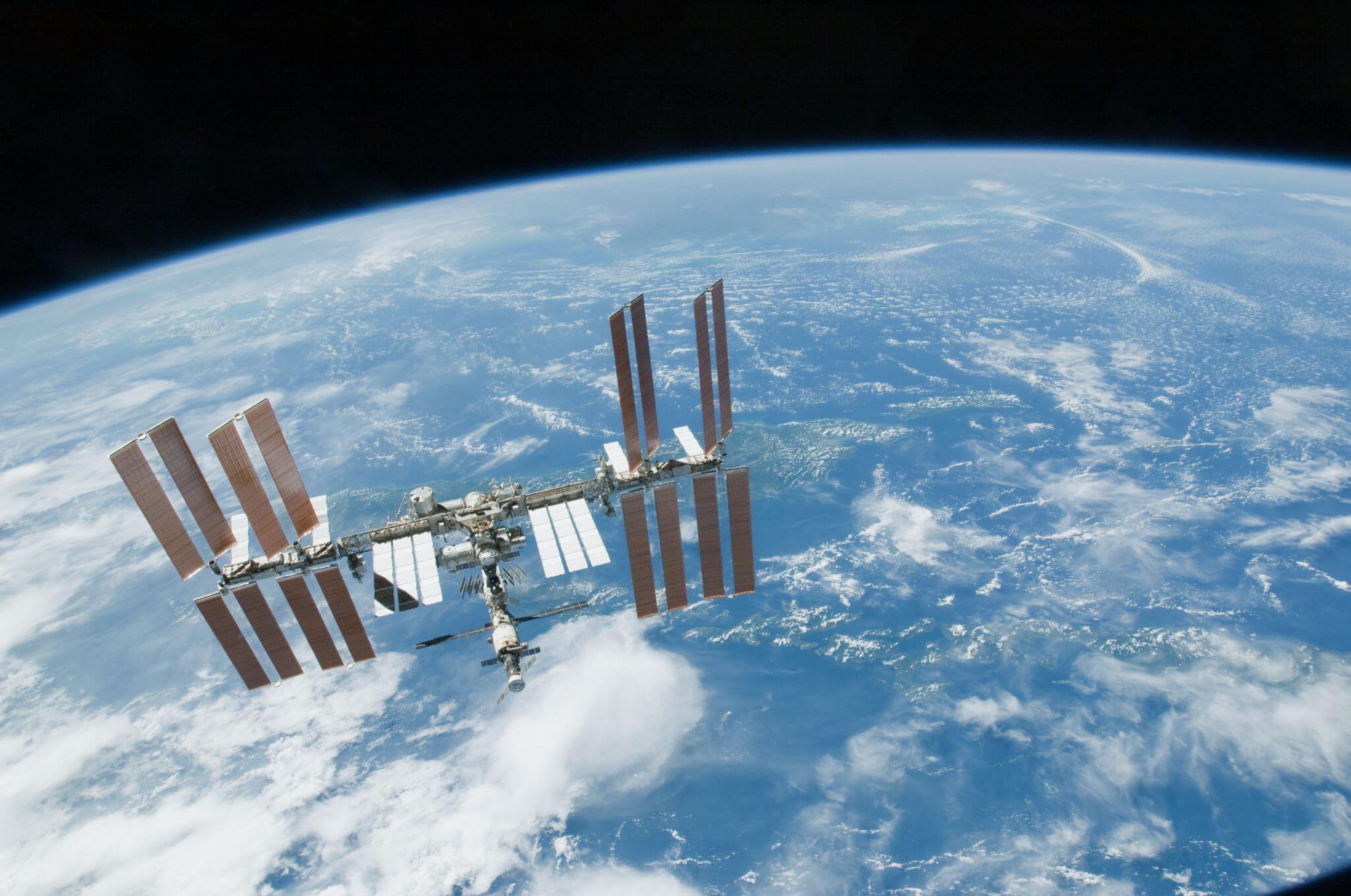Having got permission via Space Act Agreement with NASA in May 2016, cubesat deployment firm, NanoRacks, has joined up with Boeing to build and install the first commercial airlock module on the International Space Station. The airlock is expected to be launched and fitted to the US portion of the ISS in 2019.
The NanoRacks Airlock Module will be a permanent, commercial, uncrewed module onboard International Space Station. It will be mainly used to deploy cubesat satellites – taking off some of the pressure from the Japanese JEM (Kibo) airlock which currently performs this task which is under high demand. Importantly, given that the ISS only has, at best, nine years of life left, the new module is capable of being removed from the space station and used on a future commercial space station.
NanoRacks has selected Boeing to fabricate and install the Airlock’s Passive Common Berthing Mechanism (PCBM), which is used to connect most pressurized modules of the ISS – and is the most critical piece of hardware for the airlock. The PCBM hardware is being manufactured at the Boeing facilities in Huntsville, Alabama. Boeing will also provide additional engineering services required for developing and manufacturing of the airlock.
This is not the first commercial module to be attached to the ISS. Bigelow Aerospace has already tested its BEAM inflatable module which was inflated after being fitted onto the ISS.







